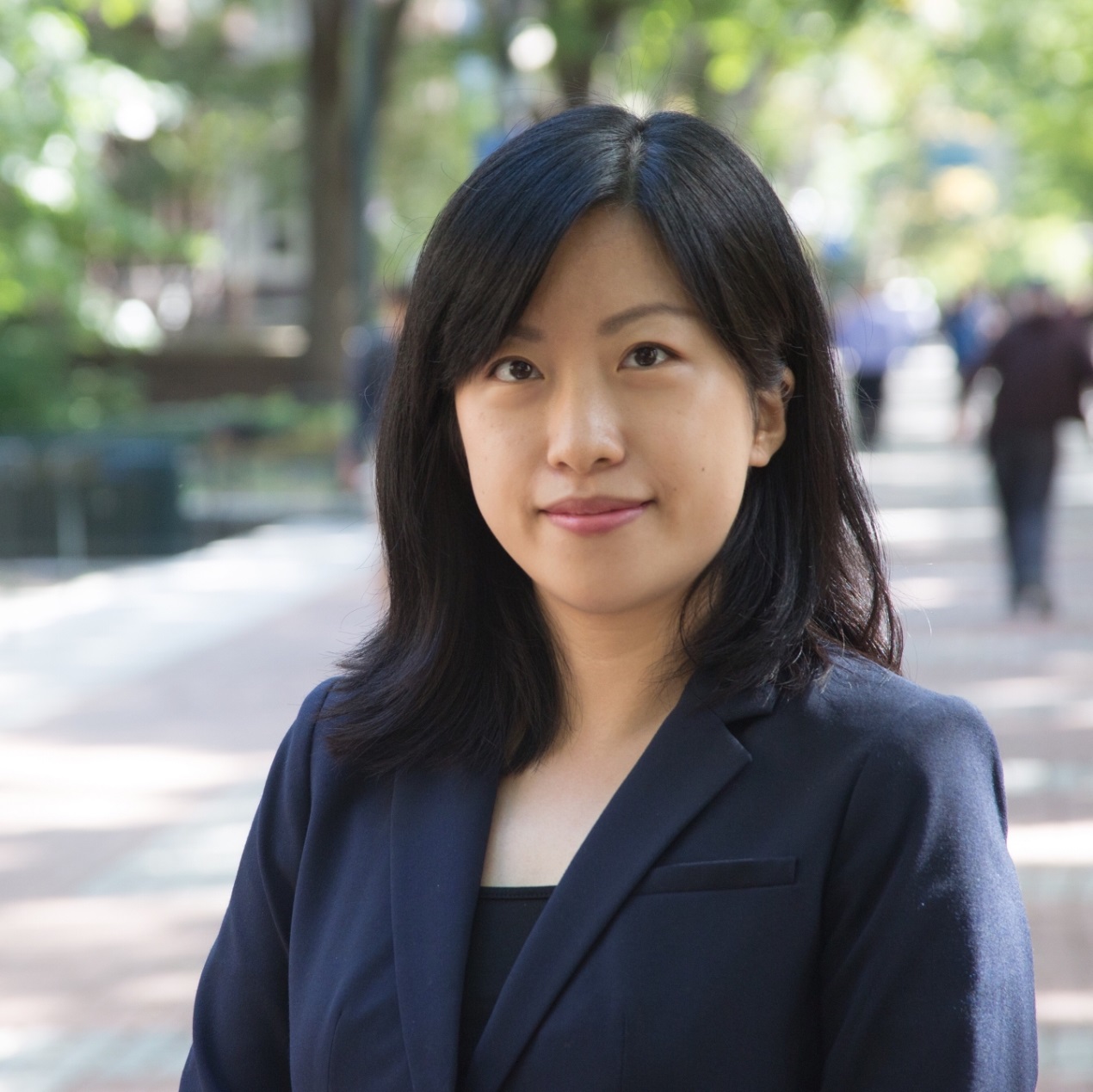
经济与社会研究院SEMINAR第163期
题目:Physician Learning and Treatment Choices: Evidence from Brain Aneurysms
主讲人:宫晴,北卡罗来纳大学教堂山分校
时间:2019年5月31日,13:30-15:00
地点:暨南大学中惠楼106B室

主讲人简介:
Qing Gong is an Assistant Professor at the Department of Economics, University of North Carolina at Chapel Hill. She received her Ph.D. from the University of Pennsylvania before joining UNC in 2018. Her research interests are Health Economics, Public Economics, and Personnel Economics. Her current work uses a combination of structural and reduced-form approaches and centers around two topics: how learning shapes physician decision-making, and the evaluation of provider performance in the context of patient sorting and team working.
Abstract:
Physicians often choose among alternative treatment options based on their beliefs over the treatment effectiveness and their skills in delivering the treatment. I examine how two kinds of physician learning jointly shape their treatment choices: Bayesian learning that updates beliefs about treatment-patient match values and learning by doing that improves surgical skills. Using case-level data on the history of brain aneurysm treatments by over 200 physicians, I find that both kinds of learning are present and that physicians are forward-looking. In light of these empirical patterns, I develop and estimate a dynamic structural model of physician learning and treatment choices for heterogeneous patients. I then quantify the impacts of the two kinds of learning and find that (a) learning encourages physicians to deviate substantially from the myopic best choices, hurting short-term patient outcomes but improving the overall treatment success rates by 13-17%; (b) learning explains 20% of total variation in physicians' choice of care, with Bayesian learning helping to reduce the variation while learning by doing adding to the variation. I also evaluate the impacts of several alternative payment schedules. Uniform payments across treatments facilitate the adoption of the new treatment while outcome-contingent payments have heterogeneous effects across physicians. The heterogeneity highlights the coexistence of two opposing effects: the incentive to exploit the myopic best option and the incentive to experiment with less familiar options due to the increased return from learning.